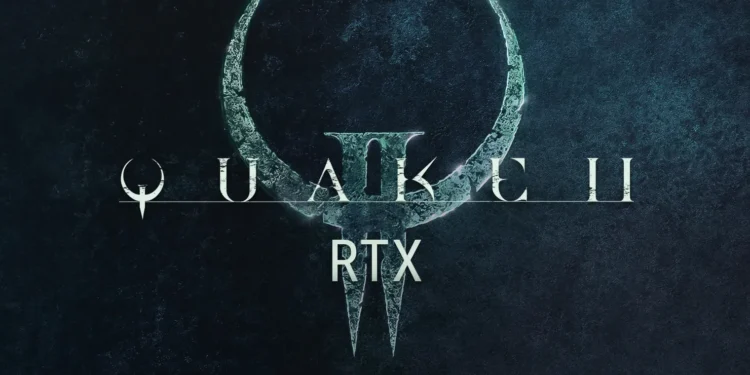Microsoft has once again captured the spotlight with its latest innovation—an AI-generated, browser-based playable demo of the iconic game Quake II. This ambitious project serves not only as a nostalgic nod to a beloved classic but also as a showcase for the capabilities of Microsoft’s Copilot AI platform in gaming. But even as the tech giant pushes the boundaries of what AI can achieve in video games, it candidly admits that this iteration doesn’t quite match up to the original gaming experience.
The demo allows players to navigate through a single level of Quake II, offering a brief yet intriguing glimpse into AI’s potential to recreate and innovate within the realm of classic video games. Microsoft’s researchers have been transparent in their description, emphasizing the tech demo’s role in testing and demonstrating their Muse family of AI models designed specifically for video gaming.
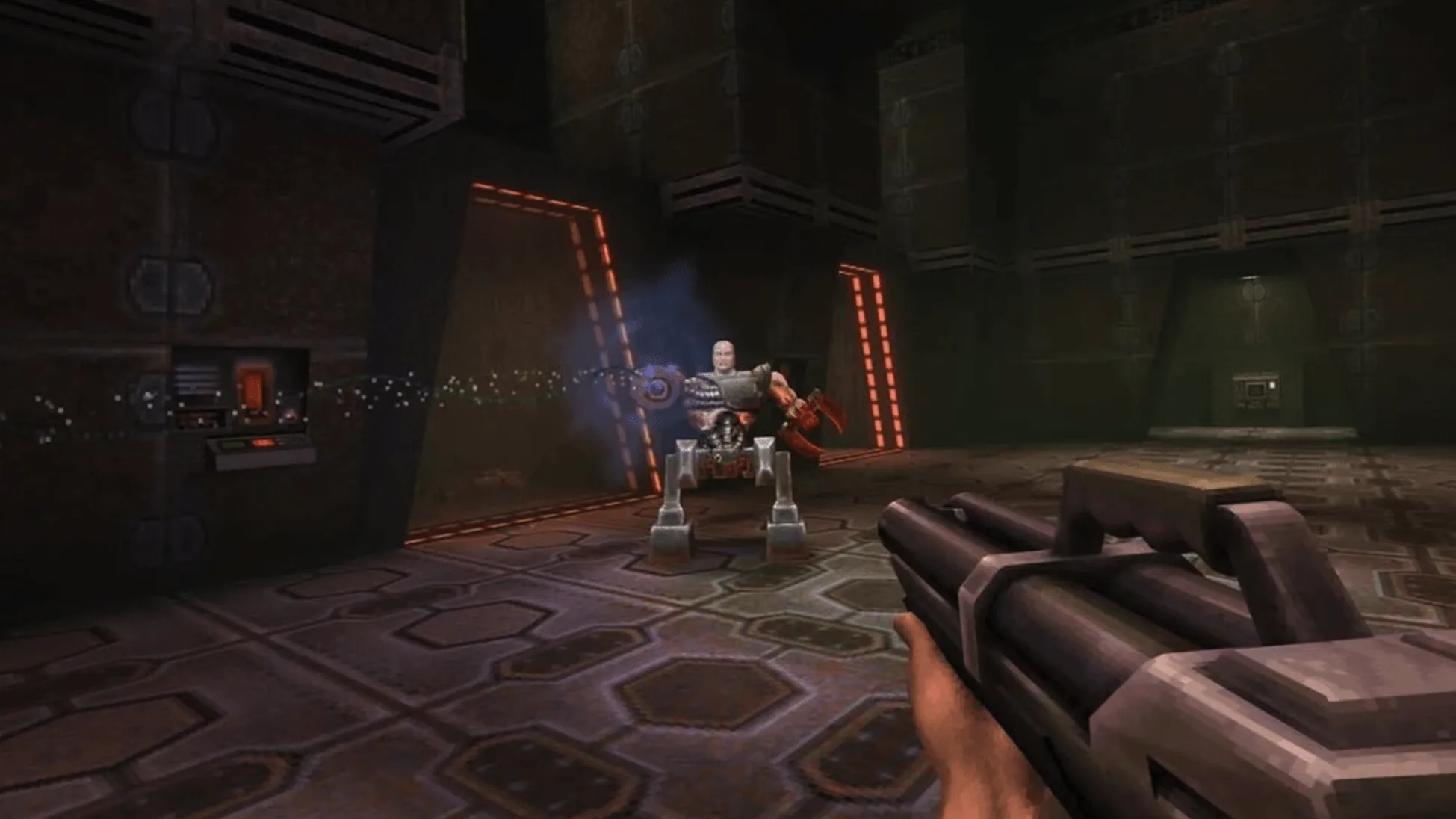
Stepping Inside the AI Model
Described by Microsoft researchers as an opportunity to “play inside the model,” this version of Quake II invites players to interact directly with the game environment via keyboard or controller. The AI simulates the game world in real time, responding to player actions with an immediacy that aims to blur the lines between player input and game response.
“Much to our initial delight we were able to play inside the world that the model was simulating,” the researchers shared. Players can enjoy familiar actions such as moving, jumping, crouching, and shooting, mirroring the classic Quake II gameplay. Even explosive barrels react as they did in the original game, adding a layer of authenticity to the AI-driven world.
However, the experience is framed as a research exploration rather than a finished product. The researchers have pointed out several limitations, including less sharp graphics on enemies, occasionally inaccurate damage and health counters, and an intriguing flaw where the game forgets objects that disappear from view for just under a second.
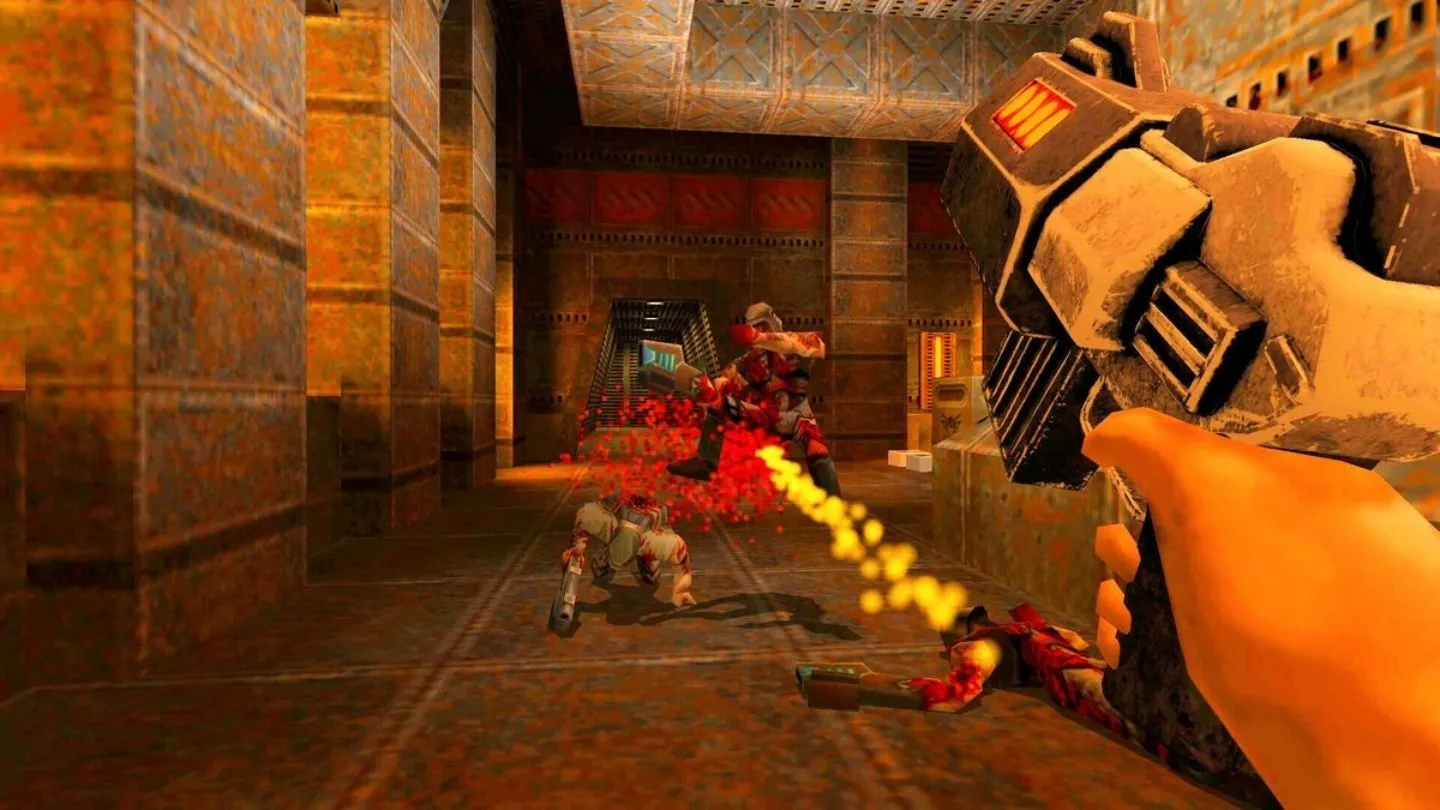
The Delight and Dilemma of AI in Gaming
This quirky behavior of the AI model has its own charm, according to Microsoft’s team. “It can also be a source of fun, whereby you can defeat or spawn enemies by looking at the floor for a second and then looking back up,” they noted. Such unexpected interactions introduce a novel, albeit unintended, gameplay element that can be both amusing and bewildering for players.
Despite these innovations, not everyone is convinced of the AI’s prowess in truly capturing the essence of Quake II. Austin Walker, a writer and game designer, expressed skepticism, especially after experiencing gameplay limitations first-hand. “This reveals a fundamental misunderstanding of not only this tech but how games WORK,” Walker critiqued, referring to a statement by Microsoft Gaming CEO Phil Spencer about AI’s potential in game preservation.
Walker argues that the unique internal mechanics of games like Quake—encompassing code, design, 3D art, and audio—are crucial to creating specific gameplay experiences, including those surprising moments that often become memorable. By not fully replicating these internal workings, AI risks losing access to these critical aspects of gameplay.
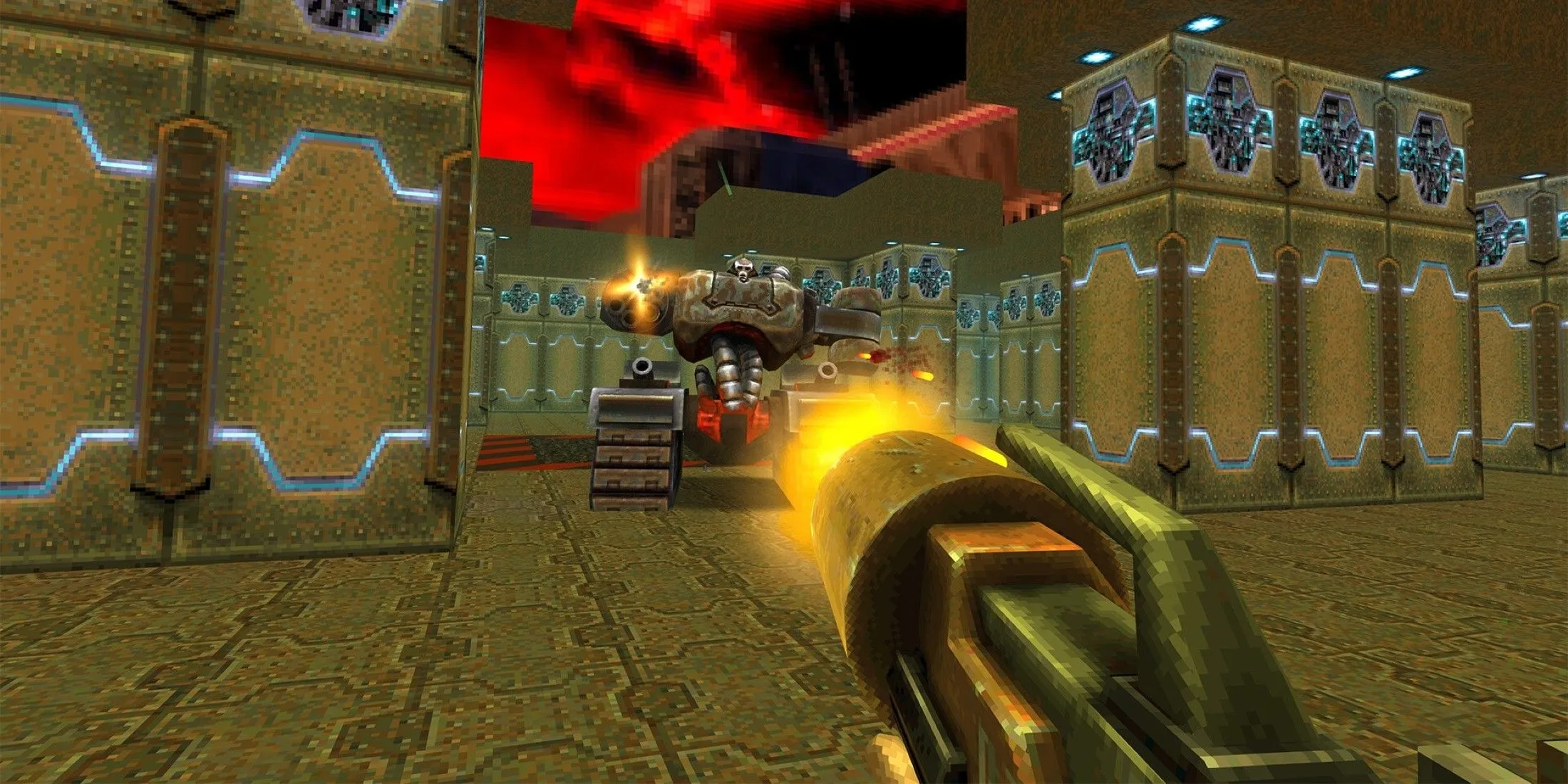
The Future of AI in Gaming: A Balancing Act
Microsoft’s venture into AI-driven gaming with Quake II is a bold step towards understanding and expanding the role of artificial intelligence in video game development and preservation. While it showcases significant potential, it also highlights the challenges of maintaining the authenticity and complexity of classic games. As AI continues to evolve, balancing technological innovation with respect for original game design will be crucial in defining the future of gaming.
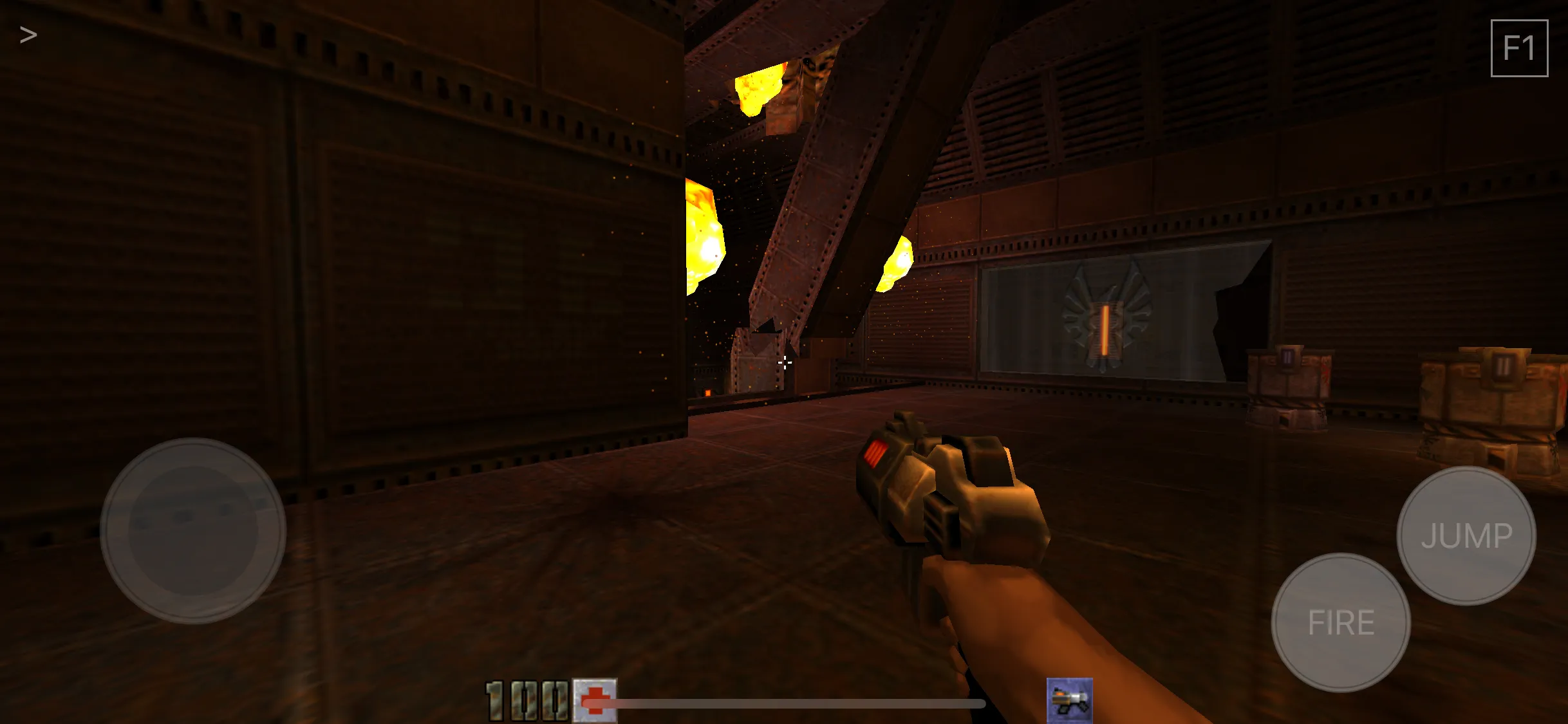
This exploration into AI’s capabilities and limitations offers a unique perspective on the potential intersections of AI and classic game preservation. As we move forward, the gaming community will undoubtedly watch closely to see how well AI can truly blend the nostalgic with the new.

